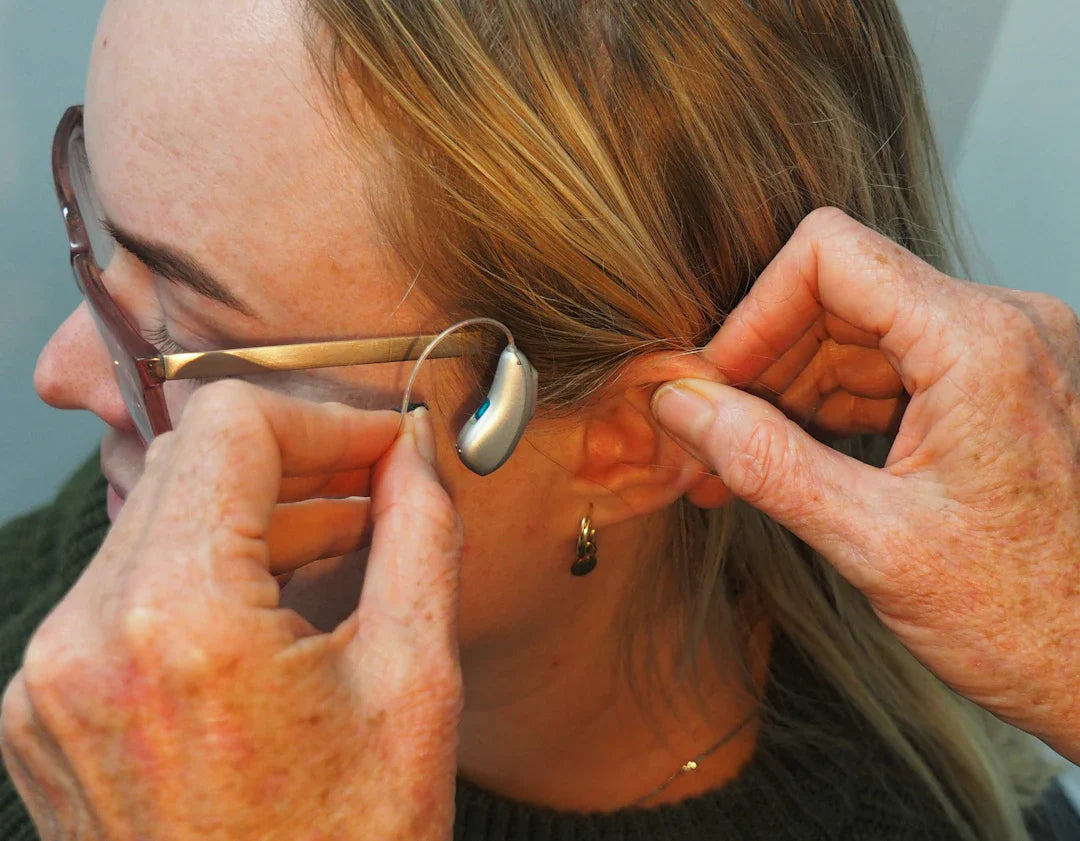As technology in the field of audiology continues to advance, misconceptions about hearing aids persist. These misconceptions can prevent individuals with hearing loss from seeking the necessary assistance and support. Let's delve into some of the common myths surrounding hearing aids and set the record straight.
Myth #1: Hearing Aids Are Large and Unsightly
One of the most common misconceptions about hearing aids is that they are bulky and noticeable. Thanks to technological advancements, modern hearing aids are discreet and come in various styles to suit individual preferences. From behind-the-ear to invisible-in-canal options, there is a wide range of choices available that are both effective and inconspicuous.
Myth #2: Hearing Aids Are Only for the Elderly
Contrary to popular belief, hearing loss can affect individuals of all ages. Whether it is due to genetics, exposure to loud noise, or medical conditions, hearing loss does not discriminate based on age. As such, hearing aids are designed to cater to people of all age groups who experience hearing difficulties.
Myth #3: Hearing Aids Can Fully Restore Hearing
While hearing aids are incredibly beneficial in improving hearing abilities, they do not restore hearing to its original state. These devices amplify sounds and help individuals hear better, but they cannot cure underlying conditions causing hearing loss. It is essential to manage expectations and understand the limitations of hearing aids.
Myth #4: Hearing Aids Are Uncomfortable to Wear
Many people believe that wearing hearing aids is uncomfortable or causes pain. In reality, modern hearing aids are designed with comfort in mind. They are custom-fitted to each individual's ear shape and are lightweight, making them comfortable for extended wear.
Myth #5: Only Audiologists Can Dispense Hearing Aids
While audiologists play a crucial role in assessing hearing loss and recommending appropriate hearing solutions, hearing aids can also be dispensed by licensed hearing aid specialists. These professionals undergo specific training to provide comprehensive hearing care services, including fitting and adjusting hearing aids.
Myth #6: Hearing Aids Are Not Worth the Investment
Some individuals hesitate to invest in hearing aids due to concerns about cost. However, untreated hearing loss can have far-reaching consequences, affecting relationships, work performance, and overall quality of life. Investing in hearing aids is an investment in one's health and well-being.
Myth #7: Hearing Aids Only Amplify Sound
While the primary function of hearing aids is to amplify sounds, modern devices are equipped with advanced features that go beyond simple amplification. From noise reduction to Bluetooth connectivity and personalised settings, hearing aids offer a range of sophisticated technologies to enhance the wearer's listening experience.
Myth #8: Hearing Aids Are Difficult to Maintain
Another common misconception is that hearing aids require extensive maintenance and upkeep. In reality, basic maintenance tasks such as cleaning and battery replacement are simple and can be easily incorporated into daily routines. Regular visits to a hearing care professional can ensure that the devices function optimally.
Myth #9: Over-the-Counter Hearing Aids Are Just as Effective
With the increasing availability of over-the-counter hearing aids, some individuals may believe that these devices are as effective as custom-fitted hearing aids dispensed by professionals. However, the complexity of hearing loss requires personalised solutions tailored to individual needs, making professional evaluation and fitting essential.
Myth #10: Hearing Aids Are Only Needed for Severe Hearing Loss
Whether experiencing mild, moderate, or severe hearing loss, individuals can benefit from hearing aids. These devices are designed to address a wide range of hearing difficulties, from subtle changes in hearing sensitivity to more profound impairments. Seeking early intervention is key to effective hearing care.
Myth #11: Hearing Aids Can Lead to Earwax Build-Up
There is a misconception that wearing hearing aids can cause earwax build-up. Properly fitted hearing aids should not contribute to excessive earwax accumulation. Regular earwax removal procedures, either at home or by a healthcare professional, can help maintain ear health and ensure optimal hearing aid performance.
Myth #12: Rechargeable Hearing Aids Are Not Convenient
With innovations like the Signia Insio AX Charger, rechargeable hearing aids offer unparalleled convenience and ease of use. Gone are the days of dealing with disposable batteries – rechargeable hearing aids can be effortlessly charged overnight and provide long-lasting power throughout the day.
Dispelling Misconceptions for Better Hearing Care
It is crucial to dispel common misconceptions about hearing aids to encourage individuals with hearing loss to seek the care they need. By understanding the realities of hearing aid technology, benefits, and maintenance, individuals can make informed decisions about their hearing health. Remember, hearing aids are not just devices – they are tools that empower individuals to reconnect with the world of sound.




